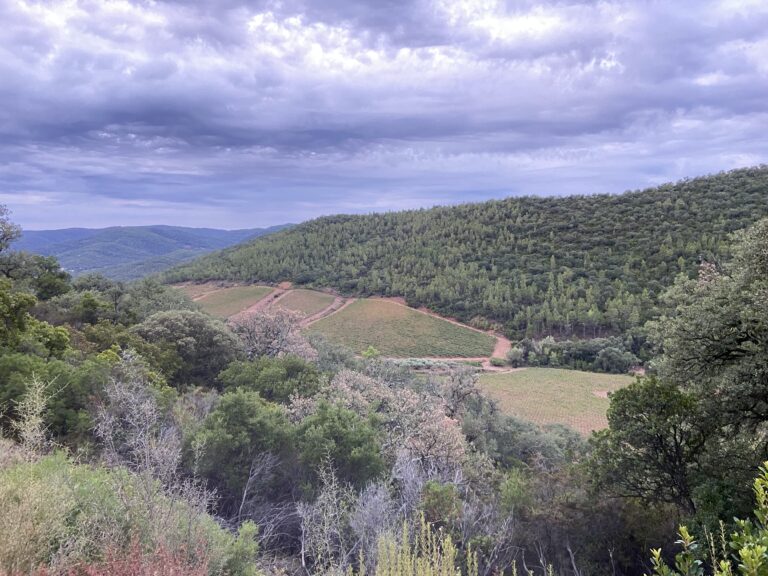Figuière Provence Wines: A Year-Round Celebration
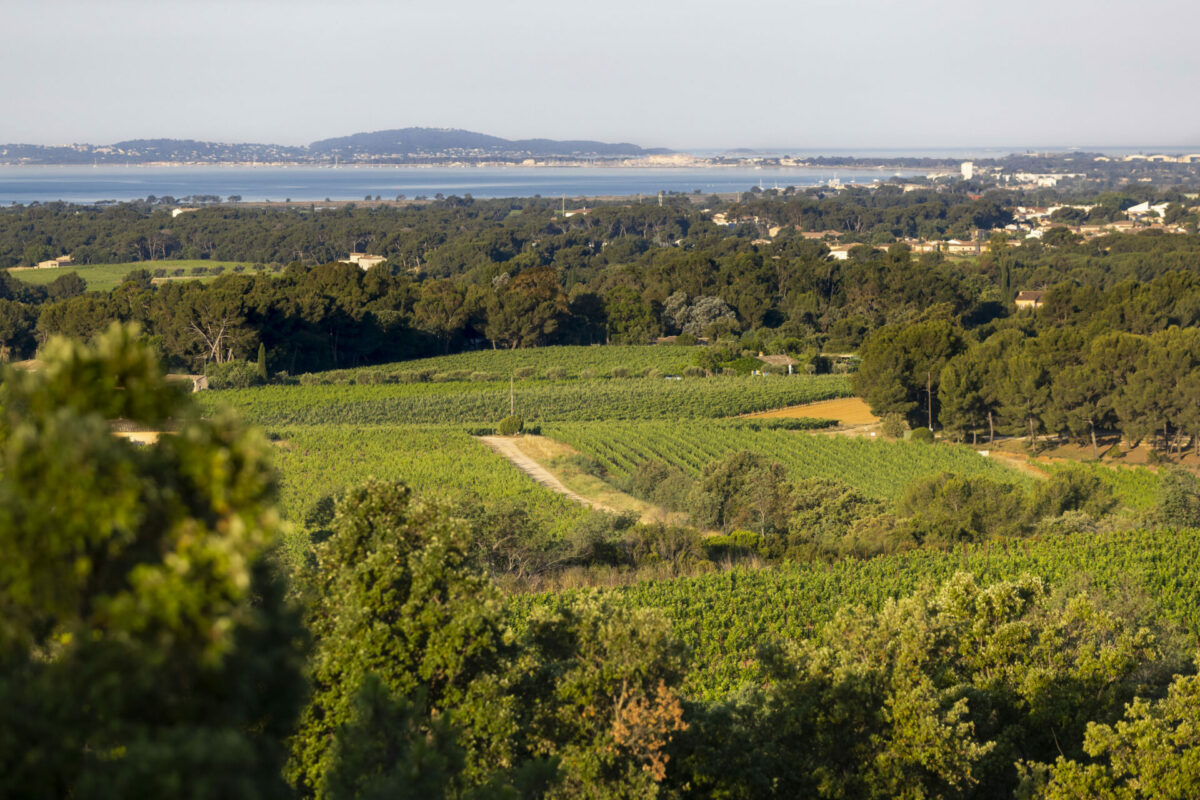
When most people think Provence, they think rosé. And when they think rosé, they think summer. But Figuière, a standout winery in the heart of Provence, shatters that seasonal stereotype. This is not just a summer fling—these are wines for every table, in every season.
The Figuière estate is situated in La Londe-les-Maures, where Provence’s winemaking roots run deep. The region’s ancient schist soils, sun-soaked hillsides, and salty Mediterranean breezes have shaped its wines for centuries. The Combard family’s story at Figuière began in the early 1990s, when Provencal native Alain Combard recognized the untapped potential of this coastal terroir. Ready to take on a new challenge after his time as Vigneron at Domaine Laroche in Chablis, he desired to return south, and discovered the rocky, mineral-rich land reminded him of his familiar Chablis terroir (attn – Alain’s roots are actually from Provence by origin). Alain began crafting wines from the Figuière estate that reflect both tradition and innovation.
Today, Figuière remains a family-run domaine, led by Alain’s children, with a commitment to organic viticulture, minimal intervention, and deep respect for the land. Certified organic since 1979—long before it was fashionable—Figuière champions a clean, precise style that lets the terroir speak for itself.
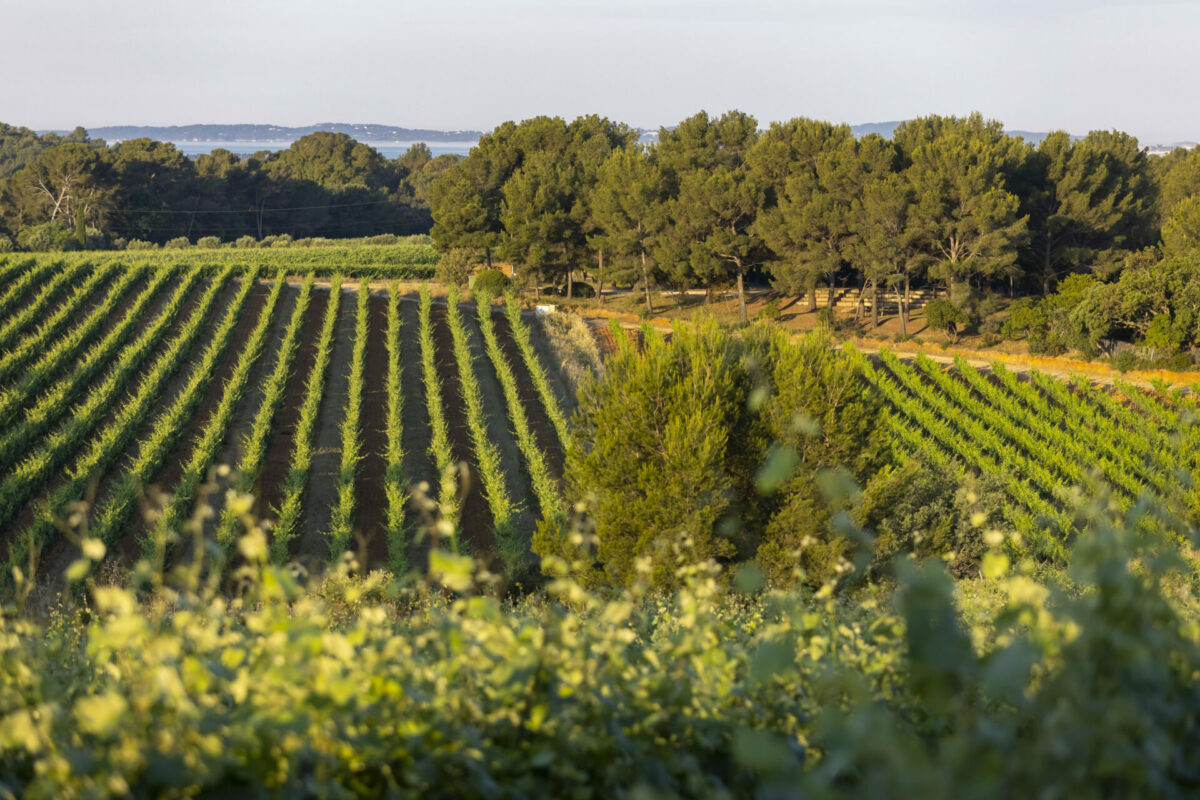
Figuière crafts wines that speak to the land, the weather, and the food that defines each season – from vibrant whites to structured reds and, yes, some of the most elegant rosés in France. Here’s why your cellar should have a place reserved for Figuière, no matter the season.
1. Complexity that goes beyond the bottle color
Figuière wine portfolio stretches across all three colors—rosé, white, and red—with depth and personality in every glass. The Première range delivers expressive, food-friendly wines. The Confidentielle line dives deeper, showcasing the terroir with nuance and age-worthiness.
The whites are bright and refreshing, with a mineral backbone and a clean, graceful finish.
The reds have a quiet depth—earthy and elegant – they’re the kind of wines that warm up a winter evening. And the rosés? They’re not just for sunny afternoons. These are thoughtful, layered wines that hold their own at the dinner table. These aren’t wines that get forgotten after the summer ends.
2. Perfect pairings for autumn & winter season
Figuière wines transition beautifully into the colder months. Their reds and fuller-bodied whites are especially versatile with rich, seasonal dishes.
- Pumpkin soup with crème fraîche and sage, why not try to pair with the Figuière Signature Blanc—its saline edge and citrus lift cut through the richness.
- Duck à l’orange or roast pork with apples goes perfectly well with the Confidentielle Rouge. Syrah and Mourvèdre bring spice, structure, and a wild herb note that syncs perfectly with sweet-savory flavors.
Even the rosés—especially the more serious cuvées—shine with roasted poultry (Thanksgiving!), charcuterie boards, and mushroom pastas. This is comfort food wine, redefined.
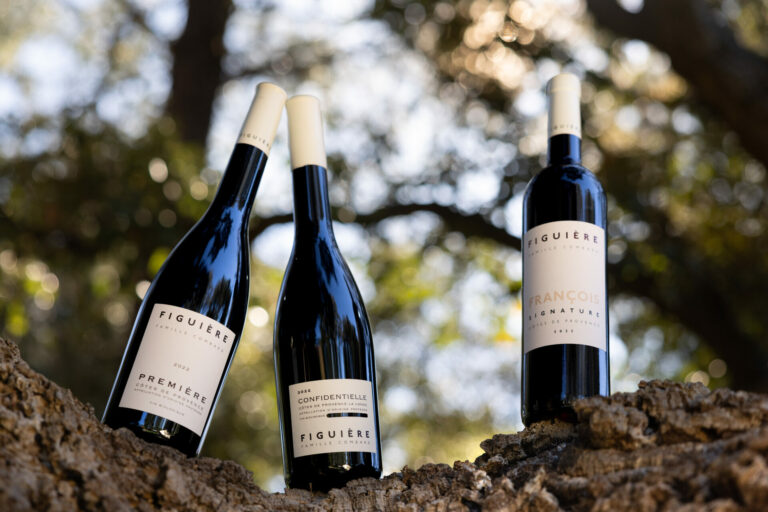
3. Wines with character: freshness, minerality and the mediterranean touch
What makes Figuière so adaptable? Their wines have tension. Energy. Precision. Thanks to their proximity to the sea and schist-laden soils, Figuière wines are known for: bright acidity, distinct minerality and subtle herbal notes.That makes them not only refreshing in summer but vivacious and layered enough to complement heartier dishes the rest of the year. They don’t overpower—they elevate.
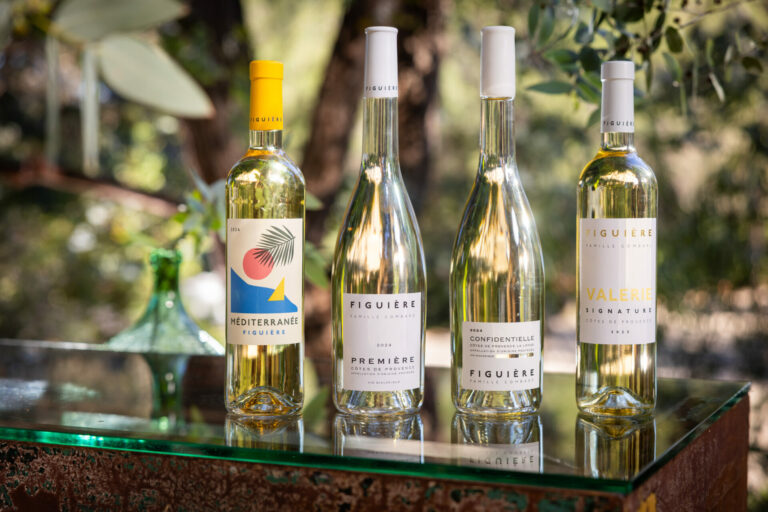
4. Provence’s climate makes it possible
Figuière’s vineyards hug the Mediterranean coastline, in La Londe-les-Maures, where the sun shines more than 300 days a year. But it’s not just sunshine that matters—it’s the wind, the elevation, the soil. Sea breezes keep the vines cool, preserving freshness. Poor, rocky soils force vines to dig deep, producing concentrated fruit. Mild winters and a long growing season allow for slow ripening and balance. This climate is tailor-made for wines that have structure and brightness, making them naturally suited for every season.
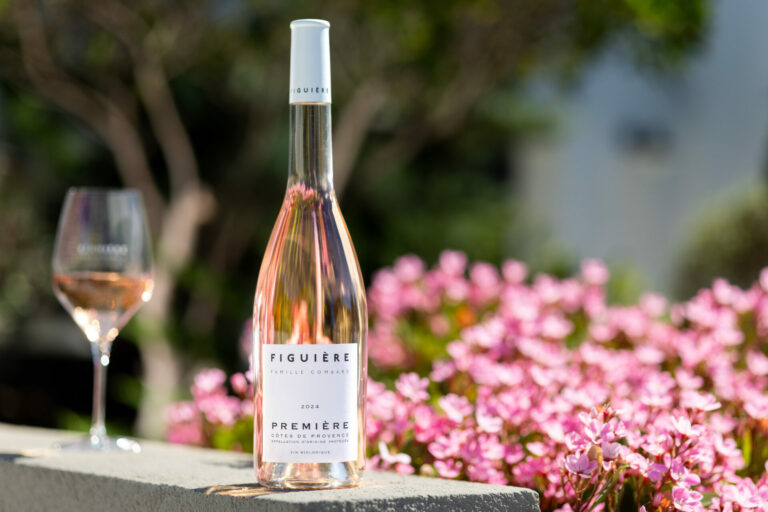
5. Organic, artisanal and proudly Provencal
Figuière doesn’t just make good wine—they make it responsibly. The estate is certified organic and puts sustainability at the core of its practices. Minimal intervention in the cellar and no synthetic chemicals in the vineyards and, very important, traditional techniques that respect the land and grape. Figuiere don’t chase trends, they honor the terroir and that care shows up in every glass.
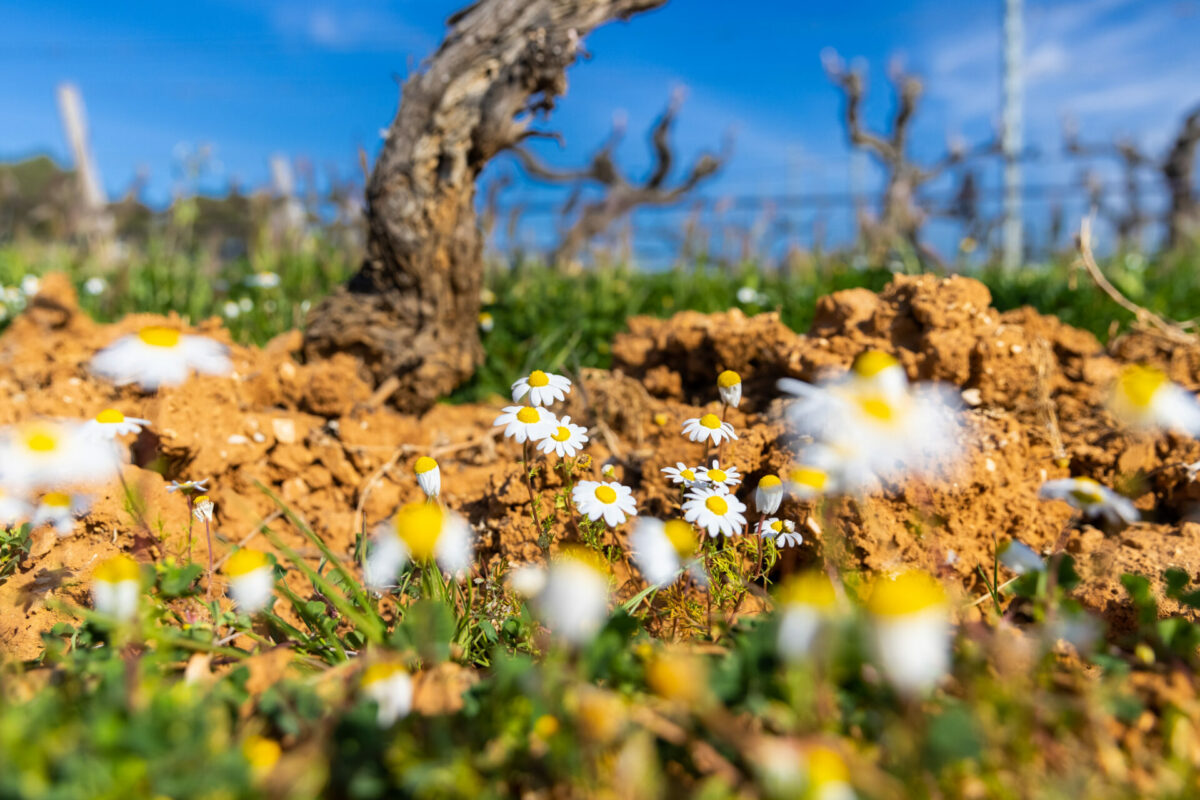
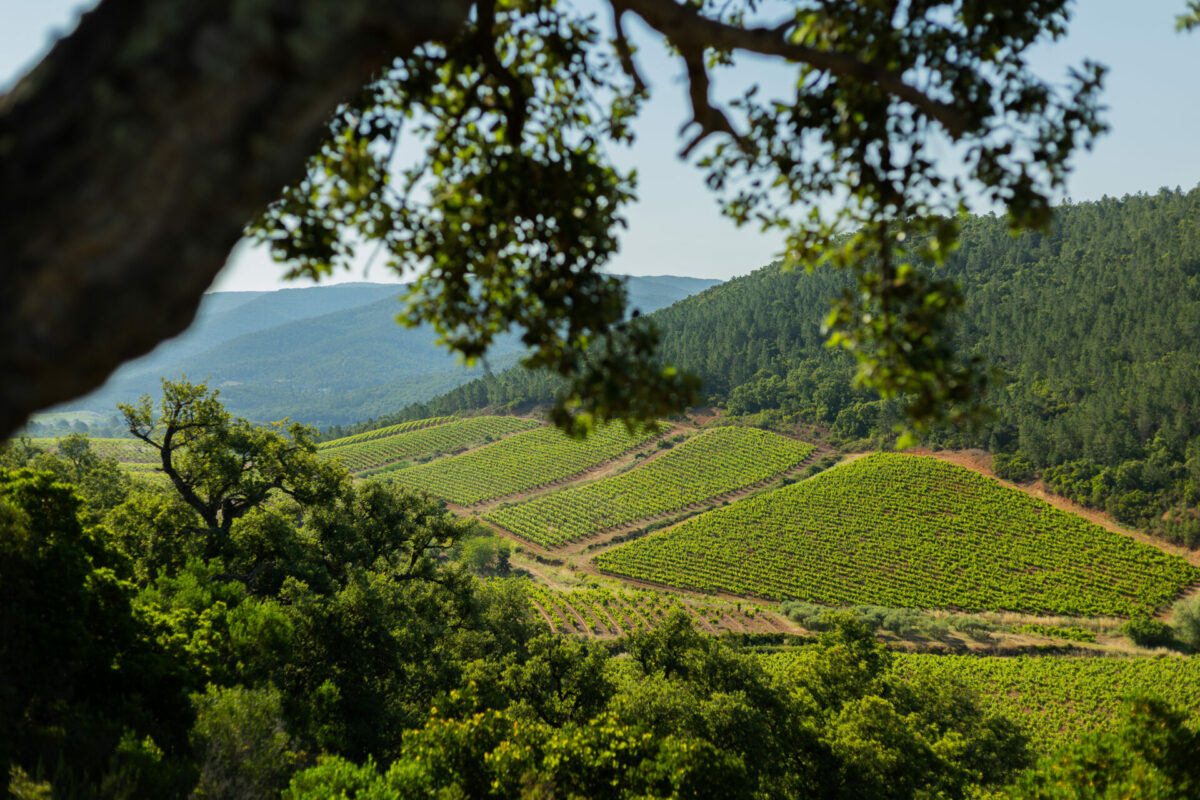
Figuière wines are made for every season
Rosé food pairing tips from the winemaker:
At Figuière, we like to think of our rosés not only as wines for summer evenings, but as true companions to the table, able to highlight the flavors of each season. Over the years, our family has always returned to the idea that the best pairings come from the Mediterranean traditions that surround us.
Among our range, two cuvées in particular reveal their gastronomic soul: Confidentielle and Pionnière. They have the structure and elegance to accompany refined dishes while still keeping the freshness and finesse of Provence.
When the sea is generous, nothing is more delicious than a few sea urchins on a slice of fresh baguette with butter – a pure expression of the coast, lifted beautifully by Pionnière.
Or imagine a sea bream tartare with avocado, spring onions, a touch of grated ginger and basil – vibrant and delicate – served with oven-roasted potatoes: here, Confidentielle finds its perfect match.
For a comforting dish, poached monkfish in a gently spiced broth with seasonal vegetables finds its balance and depth alongside Confidentielle.
And of course, we don’t forget simplicity: a free-range roast chicken, golden and tender, pairs effortlessly with our cuvée Première, a reminder that food and wine harmony can be both humble and sublime.
Many of these dishes—both elegant and simple—come to life at L’Assiette, our restaurant at the heart of Domaine Figuière, where our wines are paired daily with seasonal, locally inspired cuisine
These are just a few of the pairings that inspire us every day, born from our land, our table, and our family’s way of enjoying life. Bon appétit, and santé from Figuière!
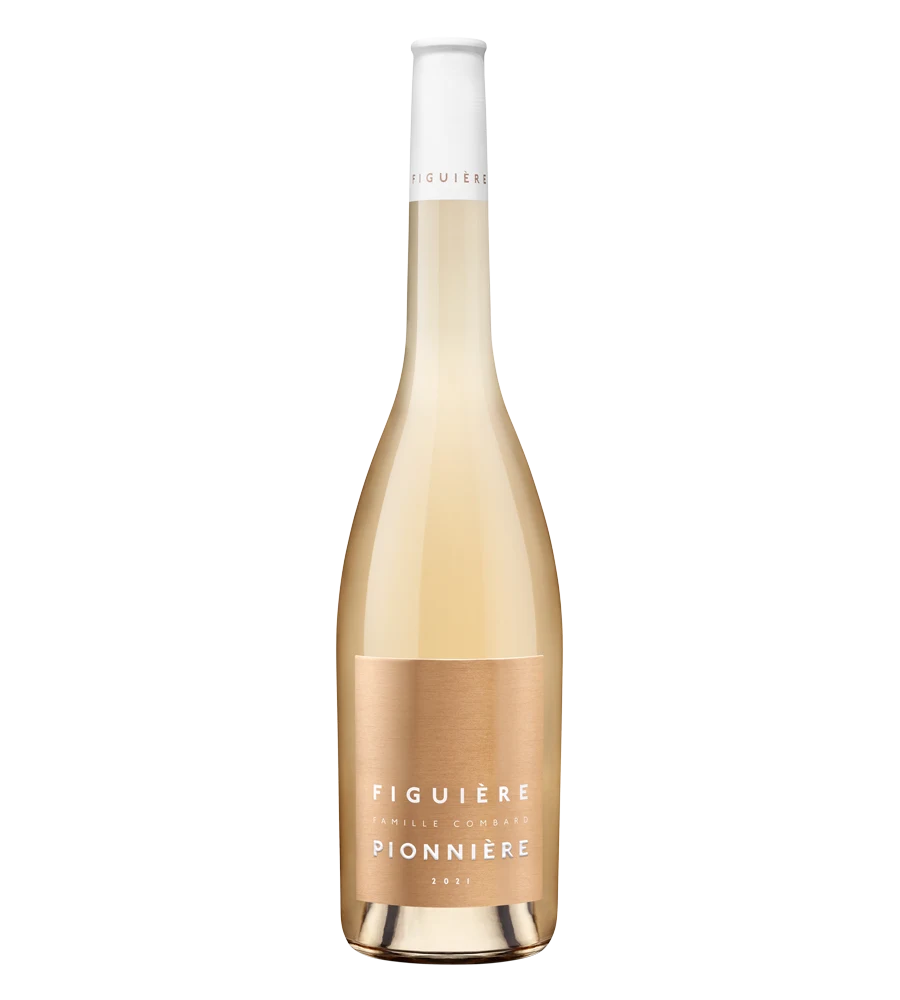
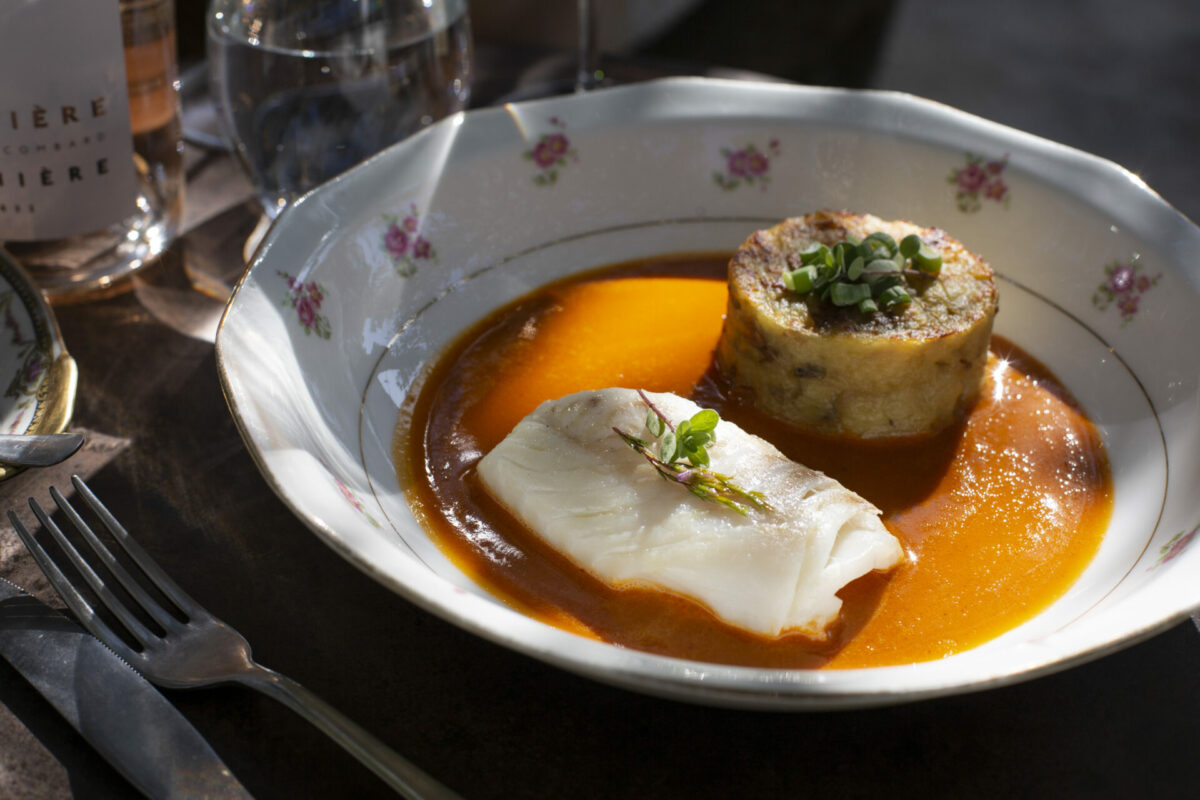
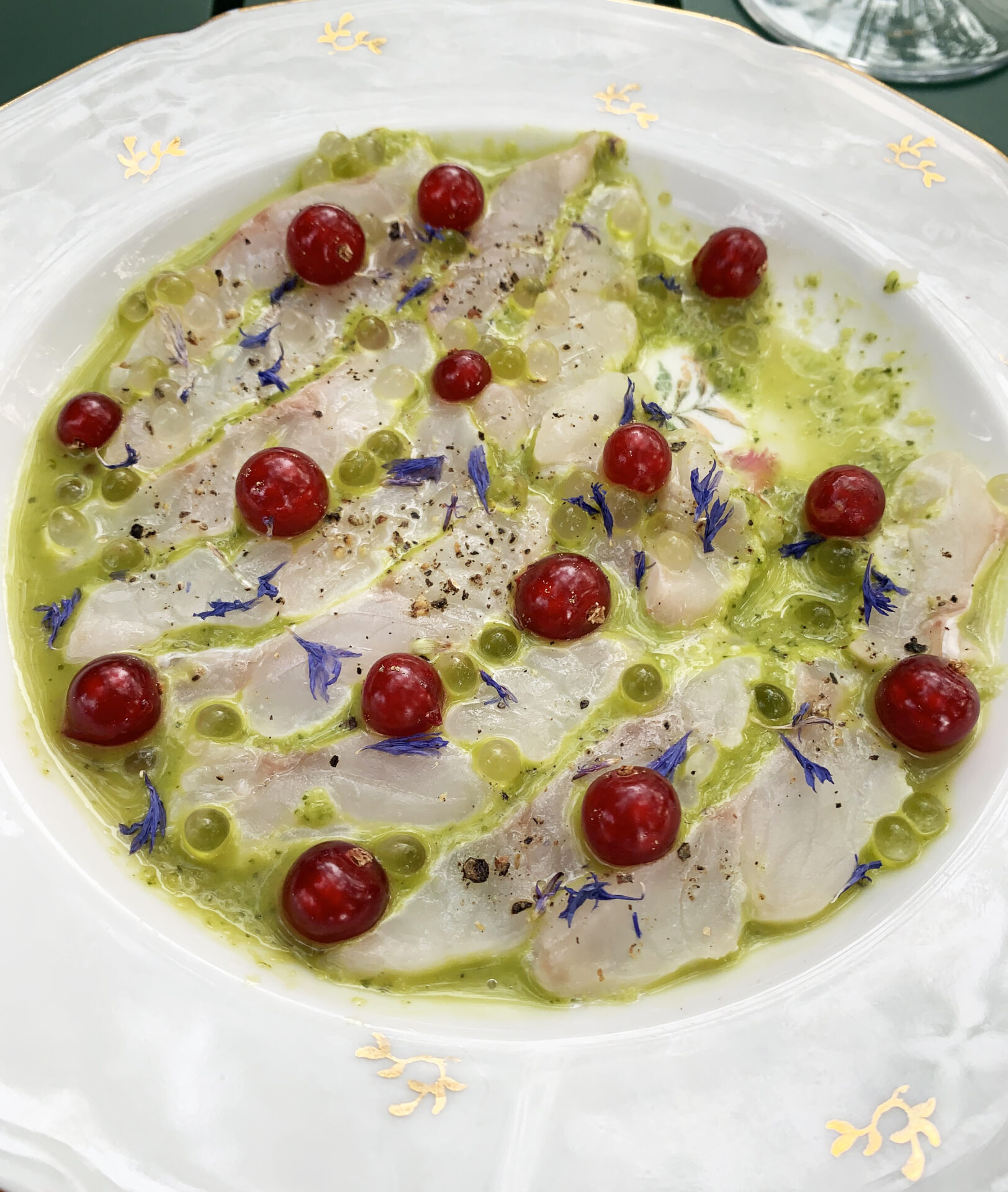
What do wine business professionals think?
Aga Niemiec, Vinostito, Ireland:
As a winemaker friend from Penedès once told me about his dark Sumoll-based rosat: “You don’t drink the colour, do you?” I couldn’t agree more – yet in Ireland, colour still sells, and the shift away from “pale rosé” is slow.
In Spain, the revival of clarete (white and red co-fermented wines) and in Portugal, palhete, has brought us complex, textured, food-friendly styles, often deeper in colour. Sommeliers embrace them for pairings, while retailers still struggle to move consumers beyond the pale rosé they specifically request.
Figuière’s wines perform very well in Ireland. Méditerranée is a year-round favourite offering great value, while Première de Figuière shines particularly in restaurants – from classic French to Asian fusion – thanks to its versatility, texture, and length. Interestingly, our strongest sales are not in midsummer, but in spring and even December, when large importers flood the market with discounted Provence rosé.
Overall, we’re very happy: Première is consistently reordered and appreciated well beyond the summer season.
Ruben Elmer, The Case for Wine, Vinexx, Canada
In Canada, the perception of Provence rosé has evolved significantly over the past three to five years. Consumers are increasingly determined to seek out authentic examples — wines that speak of winemaking skill rather than celebrity endorsement. In fact, within fine dining, a celebrity-branded bottle would never make it onto a serious restaurant list.
This demand for authenticity has created space for domaines like Figuière to flourish. In Toronto, the long winters give way to a burst of outdoor life as soon as summer arrives, with patios and terraces filling day and night. It’s there that Figuière rosé truly shines, its sales soaring in places that specialise in oysters from Canada’s east coast. The pairing is both simple and perfect — a vivid taste of summer that Canadians embrace wholeheartedly.
Ugo Hernández, Iznogood, Mexico
In Mexico, rosé feels like it should have a very natural place — and that’s exactly what we’re working toward.
The warm, welcoming climate — especially in Mexico City, where it’s mild all year round — and the beaches on both the Pacific and Atlantic coasts create the perfect environment for rosé. This helps reduce the sense of seasonality, which is a real advantage.
Gastronomically, it couldn’t be a better fit. The spices and chilies in Mexican cuisine pair beautifully with the freshness and fruit of rosé. It works for everyday food, like tacos al pastor, as well as for special occasions — for example, Chile en Nogada, a traditional dish in September celebrating Mexico’s Independence.
Of course, we still have to challenge some clichés: rosé being seen as “a women’s wine,” a lighter style with less character, or the deeply rooted idea that only oaky reds equal quality. And let’s not forget the strong presence of White Zinfandel from our northern neighbor!
But things are changing. In recent years, a broader diversity of rosés has entered the market — from the classic Provençal style to more structured wines, even saignée rosés — and they’ve been very well received. Restaurateurs, our best allies, are delighted and convinced.
All in all, we now have a solid foundation, and I’m very happy to be part of the future of rosé here in Mexico.
Figuière reminds us that Provence is not just a place, and rosé is not just a season. With complexity across all three colours, food pairings that span from summer seafood to hearty winter dishes, and a philosophy rooted in authenticity and sustainability, these wines transcend clichés. Whether it’s oysters on a Canadian patio, a fusion menu in Dublin, or a simple roast chicken at home, Figuière proves that Provence belongs on the table all year long — a true celebration of terroir, tradition, and timeless pleasure in every glass.
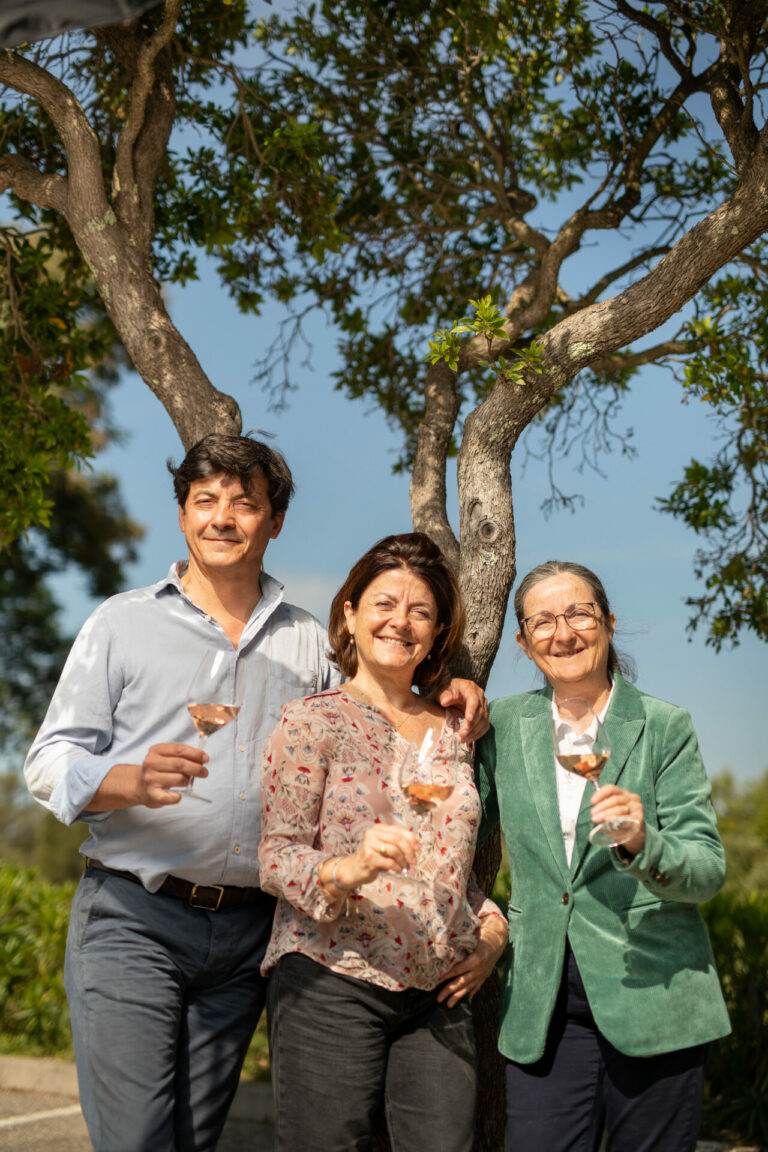
Photo credit : Herve Fabre
